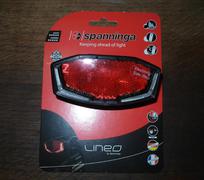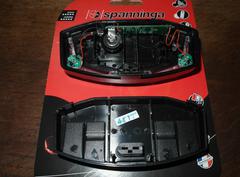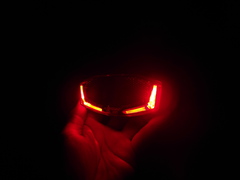Taillamp: Spanninga Lineo
Beam shots
See the camera settings page for more on the setup and settings to make pictures of the beams of taillamps.
Out of a corner (showing how much light is cast upwards, forwards and to the sides) [ F3.9 & F1.8 ]:
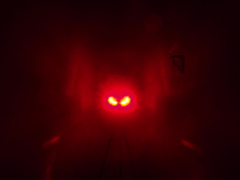
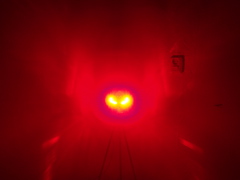
Wallshot (showing the beam pattern):
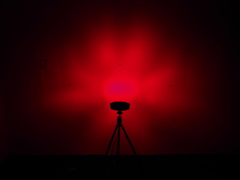
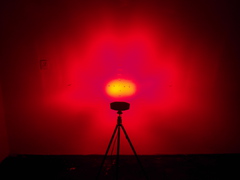
Visibility from various angles (0°, 45°, 90°, 135°) [ 0.5m, zoom x3, F3.5, ISO80, 1/250s & 1/60s ]:



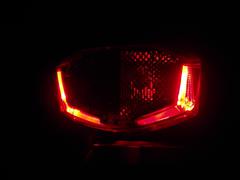

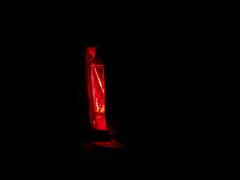
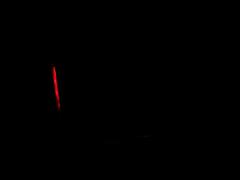
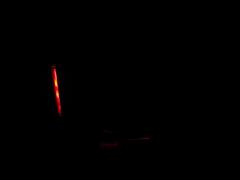
Comparing taillamps
Experiences
This lamp is pretty good regarding visibility, though from the side it's not great. The LEDs shine into an optic that distributes the light which then sines through the backward facing section of that optic which has been made matte.
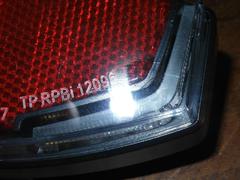
This means there is no problem with too high luminance. Pretty good! So despite the high intensity, you (and in actual use: following traffic) don't get stars in your eyes. The optic also produces a nearly collimated section in the lightoutput which is pretty strong. This could be the best visible taillamp available, but I will tell more about this lamp after a long distance taillamp test.
From some side by side comparisons the Lineo is less annoying than e.g. the Plateo (point source of light), but the intensity is pretty high, like the brake lamps of a car. This could be good for places where you may need extra safety such as Taiwan, for the Netherlands the intensity is too high. The emitting surface is still pretty small, and that's what light designers should enlarge first, using a normal intensity (comparable to a car's standard taillamp).
The 2 separate sections of light could be useful in allowing following traffic to better judge distance.
More on these issues after a long distance test with various taillamps.
See the medium distance taillamp test from 2013-2-21 which gave some interesting information and showed that the 2 separate sections of light are not separate enough because of the high luminance.
Long distance test to come in March.
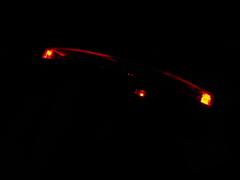
Conclusion
To follow.
Last modified: Mon Oct 14 05:03:07 CEST 2013
